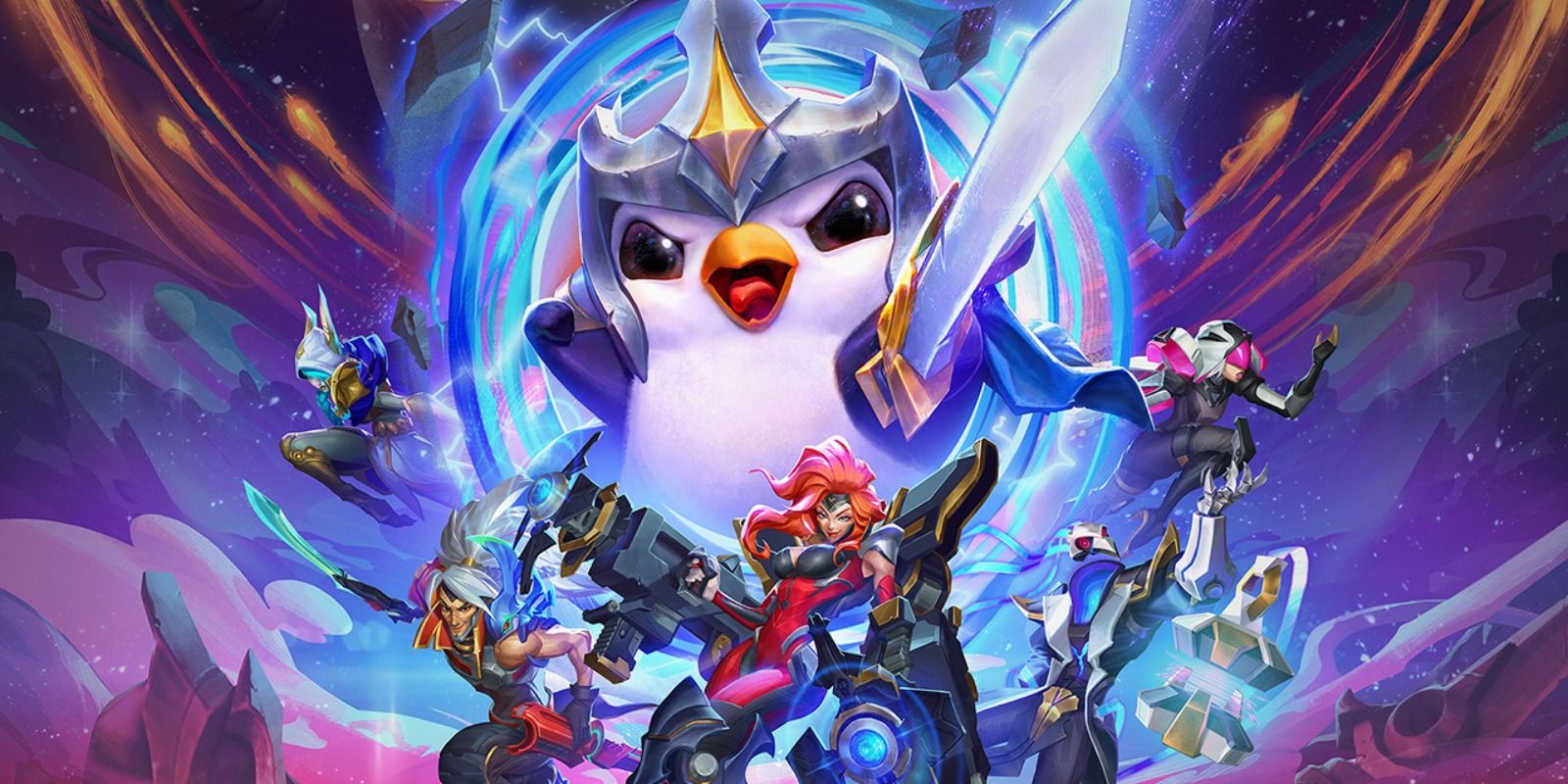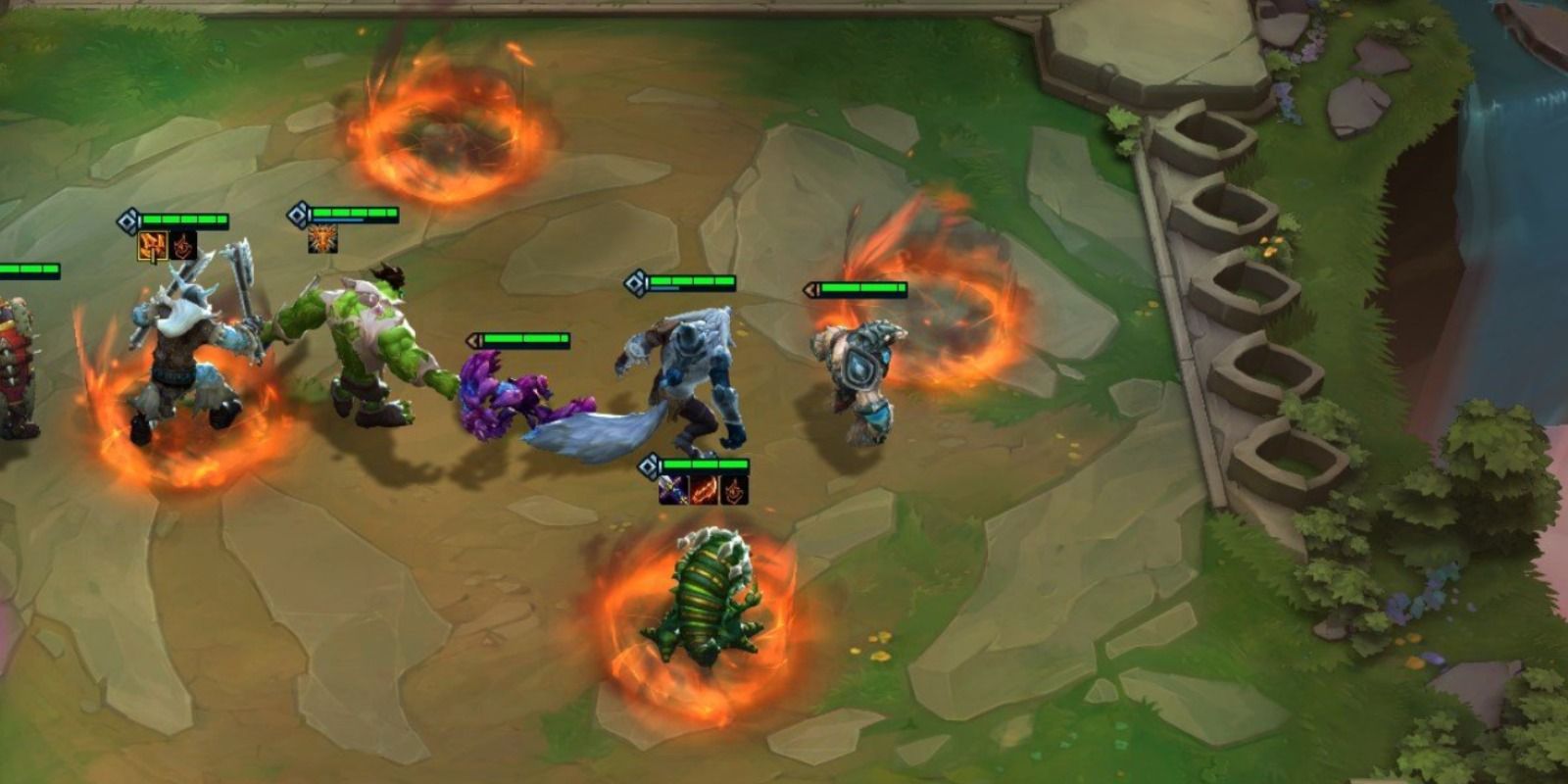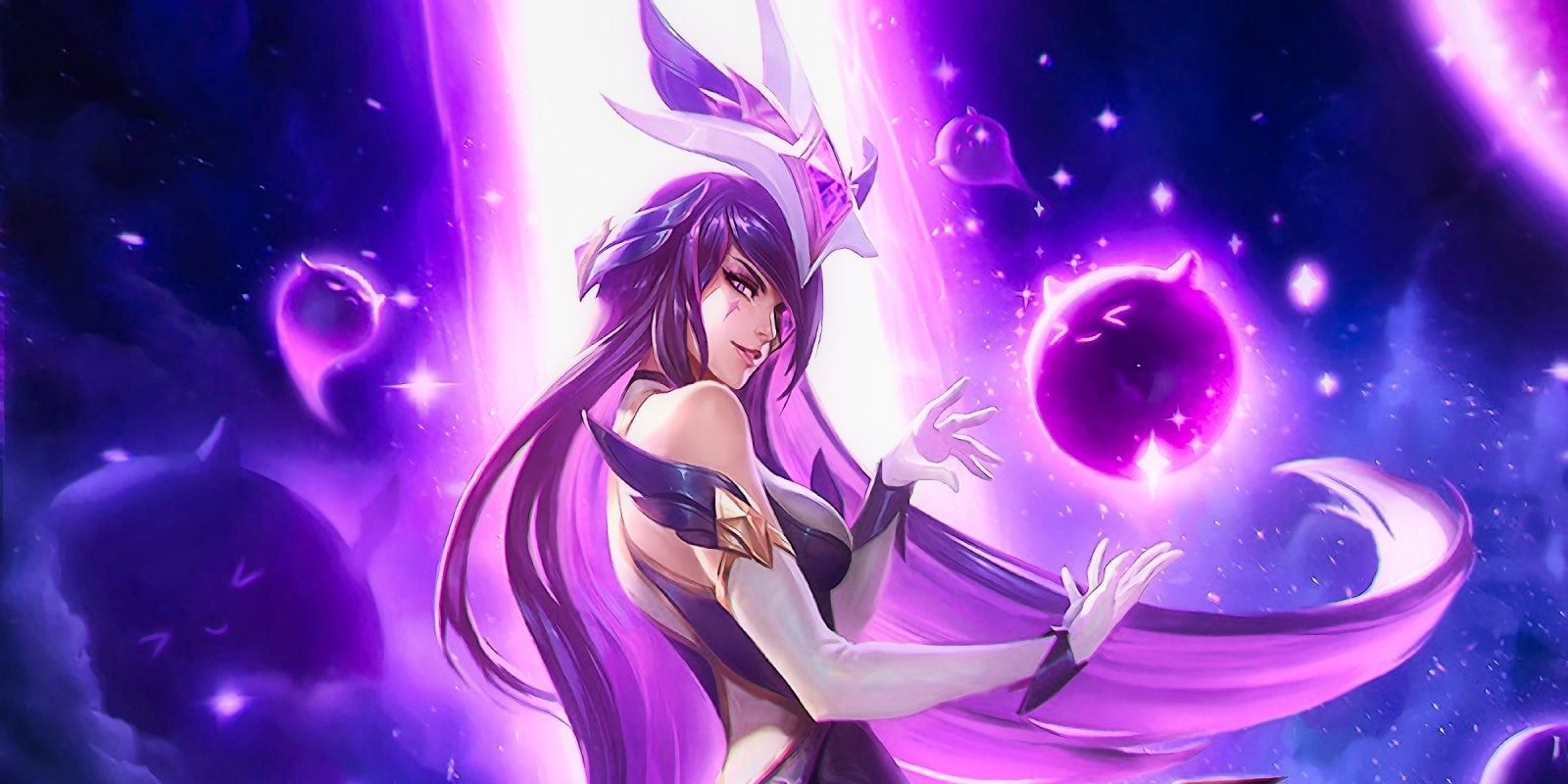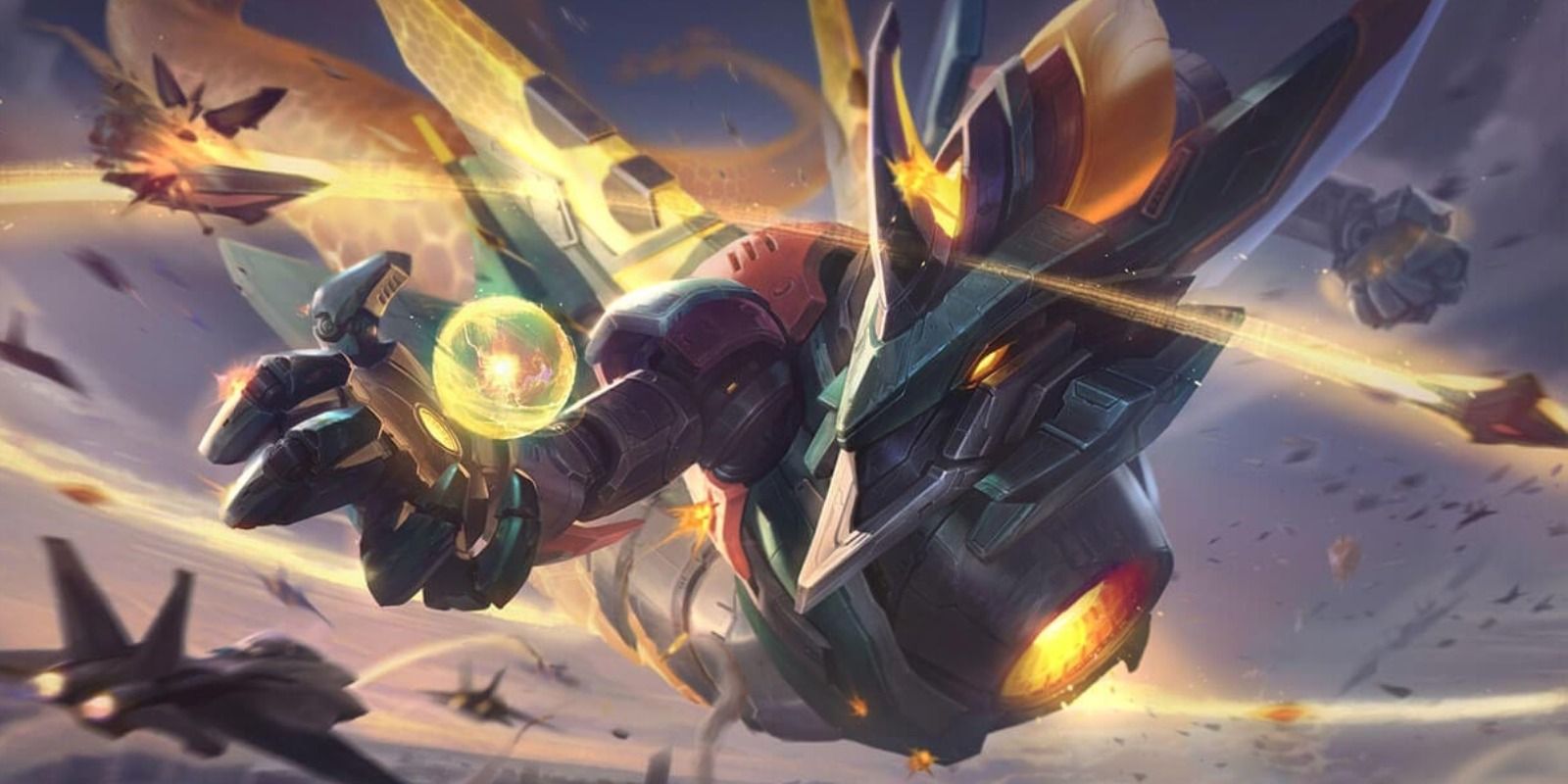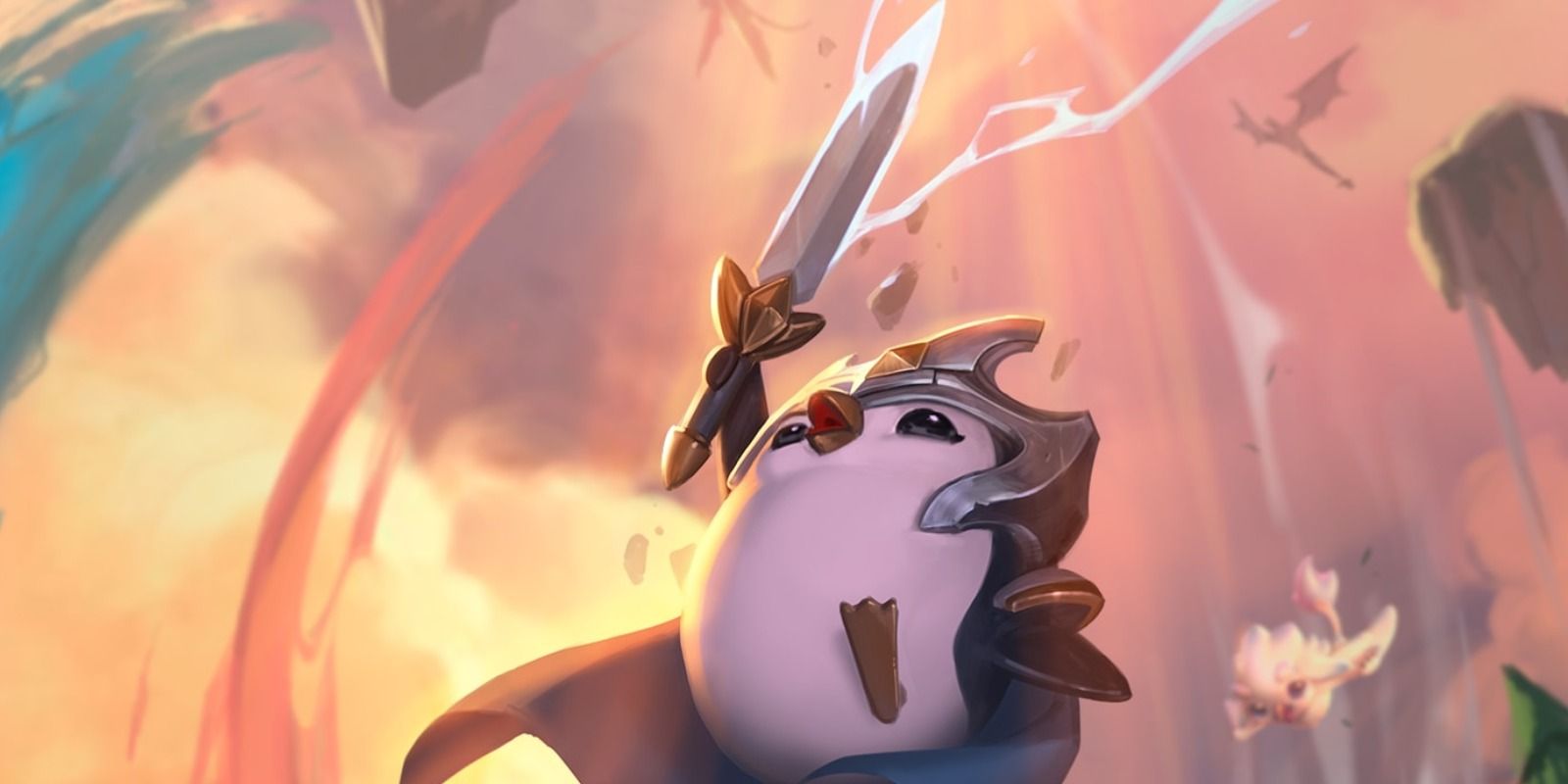When Riot Games announced the release of Teamfight Tactics, players and members of the League of Legends community were skeptical. On one hand, Riot Games was experienced with making popular game modes in League of Legends like "Invasion," "Ultra Rapid Fire" and "Doom Bots," but all of these required the player to perform many actions within shorts amounts of time. They were high-intensity game modes that required huge amounts of teamwork. So when Riot Games announced TFT as an auto-battler, players didn't think it would be to their liking. After all, it is the complete opposite of the other game modes.
Little did people know that Teamfight Tactics would end up so popular that it has become permanent in the League of Legends client and even has its own mobile app. Now, in the third set, Galaxies, Riot has brought new changes to classes, champions and more.
No More Buff Tiles
TFT is a lot like chess where the champions are pieces that can do certain things, and the player controls their pieces' positions. If your champion has a lot of health, it's probably better to put it in the front hexes. Or if it has range, placing them in the back hexes would be a good idea. In the last set, the game tried to influence this key aspect of the game by placing tiles on the board that empower champions.
These tiles are randomized every game and affect the stats of the champion placed on top of them. For example, the infernal Tile would increase attack speed while the mountain tile would grant bonus permanent health. These tiles forced players to come up with strategies that could help utilize these tile buffs at the expense of important champion positioning, adding a new layer of skill and randomness to the game.
However, the Galaxies set removes these tiles. This makes sense, as the buff tiles were introduced to fit with the previous set's Rise of the Elements theme. They were also removed for having too great of an impact on the game. Depending on the strategy, champion and buff tile, these could easily become a win condition. Players could sometimes only hope that the tiles would be randomly generated to have the least impact. And, because the hexes were related to Qiyana's champion origin, it gave the game developers less opportunities to make new types of hexes without having to change the champion as well.
The Champions
Obviously, the theme of the game has changed from Rise of the Elements to Galaxies. This means the champions have changed. While a lot of the same champions like Ashe, Yasuo and Malphite still appear, they have been changed from their elemental skins (some of which were their base champion skins) to ones related to outer space. Examples are the skin bundles Darkstar, Mecha Kingdom, Star Guardian and PROJECT.
Because these skins are eccentric and change many aspects of how champions would normally look, for ease of recognition, champions face towards the player during the planning phase so that their faces can be seen. Previously, they faced toward the enemy so that only their backs would be seen by the player, which worked since the base skins were easy to distinguish from each other. In the Galaxy set, however, many of the Darkstar and Star Guardian champions look similar.
Additionally, certain champions (like Ashe) have had their abilities changed. And, like what happened at the release of the previous set, new champions were added and others were taken out.
Classes/Teams
Champion teams grant special abilities to champion pieces based off of how many members of the same teams are on the player's side of the board. For example, in the Rise of the Elements set, when two champions of the Cloud team were on the same side, then those champions had increased chances to dodge attacks. In Galaxies, the champion teams have changed.
The Galaxies set teams include Infiltrator, Blaster, Sniper, Vanguard, Protector, Sorcerer, Blademaster, Mana-Reaver, Demolitionist, Mech-Pilot, Chrono, Cybernetic, Space Pirate, Void, Valkyrie, Mercenary, Rebel, Brawler, Darkstar, Star Guardian and Celestial, so there are plenty of teams to combine into an ultimate unstoppable force. Interestingly, a lot of teams and abilities grants shields, bonus health and damage nullification that make them hard to kill. The carousel also starts with level 1 champions only. By far, two of the most interesting are the Mech-Pilot team, which combines three champions into a giant boss robot, and the Demolitionst team, which creates a large and powerful explosion on the enemy side of the board.
Passive Gold Income
Lastly, the passive gold income used to purchase champions, refresh a champion pool and to level up to place an extra champion on the board has been decreased. According to Riot, this is to decrease the amount of gold in the system and encourage players to spend wisely, especially in the early shops.
This means that, in Galaxies, it will take much longer to level up, and everyone will have to invest in saving their economy to come out on top in the end. This change in gold will impact how players come up with strategies every round and impact crucial decision making.

